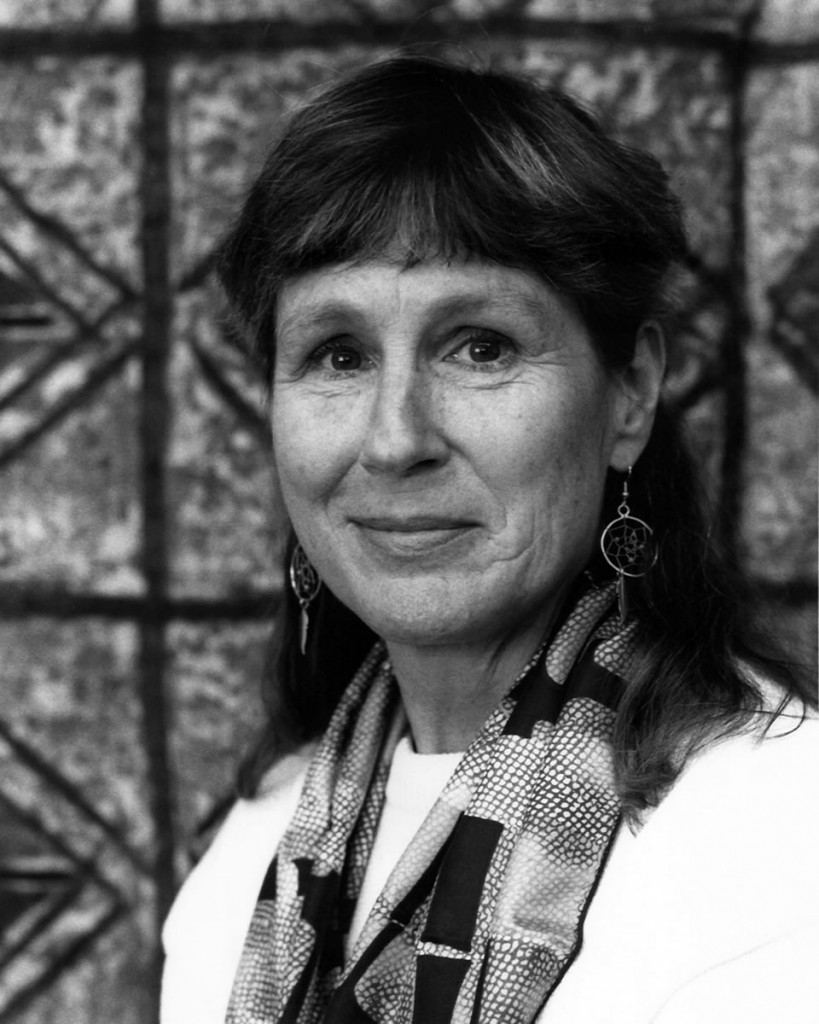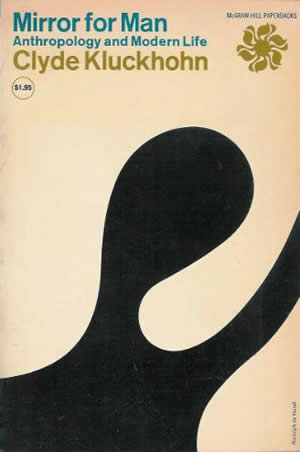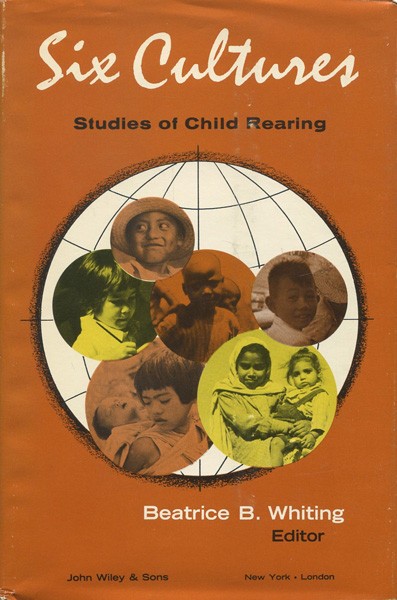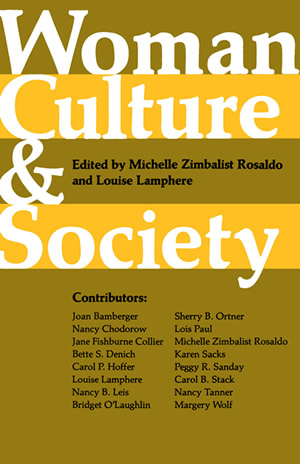Professor of Anthropology, 1974–2003

Mirror for Man: Anthropology and Modern Life (1949), by Clyde Kluckhohn (1905-1960). I discovered anthropology as a 14-year-old high school student. An English teacher assigned Kluckhohn’s Mirror for Man in a literature class. A literature class, you might ask? Yes. Our teacher, Mrs. Ergil, thought that Kluckhohn was a good essayist. For me, it was a revelation that there was a discipline that studied all facets of Homo sapiens – from our biological origins to our cultural and linguistic variability. At the time, I said to myself, “If there is such a discipline, then I want to study it.” I wanted to understand better what Kluckhohn called, “Queer Customs, Potsherds, and Skulls.” Kluckhohn also provided me with an ideal that helped inspire my teaching at Pitzer. The book opens as follows: “Anthropology provides a scientific basis for dealing with the crucial dilemma of the world today: how can peoples of different appearance, mutually unintelligible languages, and dissimilar ways of life get along peaceably together?” While inspiring to a 14-year-old, I soon realized that my discipline could not solve the world’s problems but it could be used to enhance students’ cross-cultural understanding.
Six Cultures: Studies of Child Rearing (1963), edited by Beatrice B. Whiting (1914-2003). On my path to becoming an anthropologist, my graduate advisor sent me to work with John and Beatrice Whiting, two psychological anthropologists at Harvard who were leaders in the systematic study of comparative childrearing research. Under their tutelage, I read field notes on which Six Cultures was based, was trained in the methodologies the Whitings had innovated, and most critically, was introduced to their conceptual model for examining the relationship of childrearing practices to environmental and sociocultural factors and to child and adult behavioral outcomes. The result was my research on changing families, childrearing practices, and gender systems in India – longitudinal research that continues today and that inspired such courses at Pitzer as “The Family in Cross-Cultural Perspective,” “Culture and Personality/Psychological Anthropology,” and “Women in Asia.”
Women, Culture, and Society (1974), edited by Michelle Zimbalist Rosaldo (1944-1981) and Louise Lamphere (1940-). The publication of this book coincided with my arrival at Pitzer and the birth of Women’s Studies (now Gender & Feminist Studies) at Pitzer and then at The Claremont Colleges. The book raised all the big questions about gender inequality such as: Is it universal? If not, why? Are there matriarchal societies? Why are patriarchal institutions and beliefs so prevalent? Other disciplines looked to anthropology for answers. This book could only theorize about these big issues, but it inspired a lot of teaching and research. And it helped to inspire my increasing focus on gender in my research in India as well as the classroom. For many years, Professor Sheryl Miller and I co-taught a course at Pitzer entitled, “Women, Culture, and Society.”
 Mirror for Man: Anthropology and Modern Life (1949)
Mirror for Man: Anthropology and Modern Life (1949)
 Six Cultures: Studies of Child Rearing (1963)
Six Cultures: Studies of Child Rearing (1963)
 Women, Culture, and Society (1974)
Women, Culture, and Society (1974)